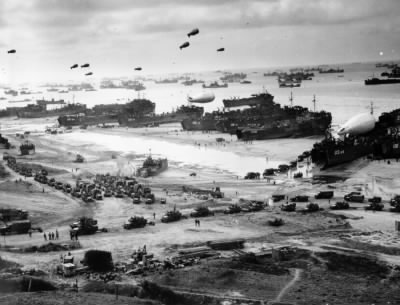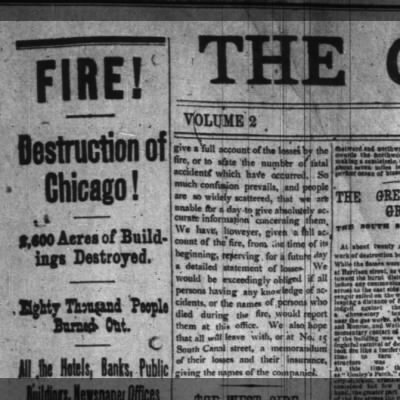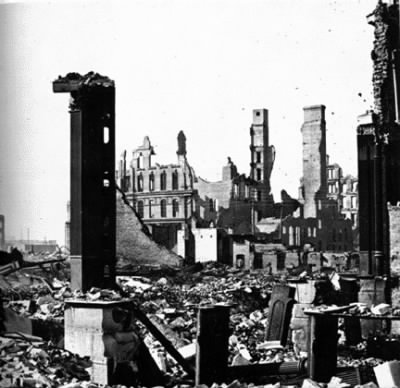As Allied forces made their way into Germany toward the close of World War II in Europe, US Zone Commanders were instructed to impound certain types of artifacts that the German Reich, Nazi Party and others had taken from individuals and institutions in Germany and countries they had occupied.
The army set up temporary collecting points for the various types of impounded items and then cataloged the collections as they tried to find out where things belonged.
At
NARA, the records of these looted items are grouped as the “Ardelia Hall Collection” because Ardelia Hall, the US State Department’s Arts and Monuments Adviser worked extensively with the records from 1954 to 1961.
You can read more details about the collecting points, the process of sorting through the arifacts and the Ardelia Hall collection
here.
The other day, I found some interesting things while poking around the
Wiesbaden Property Cards from the Ardelia Hall Collection in Footnote's
Holocaust Collection (the Ardelia Hall titles are included in a group called
Holocaust Era Assets).
Most of the material at the Wiesbaden Collection point came from German holdings, like these from the
Staatliche Museen in Berlin:
But, some of the works cataloged at Wiesbaden we presumed taken from other countries, like this work by Taesler which may have been from Russia :
Other works came from individuals, like this scene painted by Kobell which may have belonged to Siegfried Reiss:
In many cases, there was no way of knowing where the items came from and for some, the collectors had only a general idea of where the item belonged, as with this portrait by Poeckh, presumed to have a "Jewish Owner":

I don't know what they did with all the items they could not identify, but I came across several works with an note like the following:"By order of Mr. Theodore A Heinrich Cult. Aff. Adviser Propert. Div. OEA HICOG. This object has been destroyed as being of no historical and arthistorical value."

Is the lack of historical or "arthistorical" value reason enough to destroy someone else's painting?
It made me wonder what
Mr Theodore A Heinrich thought about as he ordered the destruction of these stolen pieces of the cultural heritage of nations and people who had suffered so many other tragedies at the hand of the Nazis. Sounds like a pretty tough job. There is more information about Mr Heinrich
here.
This picture in particular, with the note, "Destroyed by order of the Director," struck me:

Who was she? Did she have a family? Did a concentration camp administrator order her destruction? Did Allied commanders order a bombing raid that destroyed her home? Was this the only picture there was of her?




